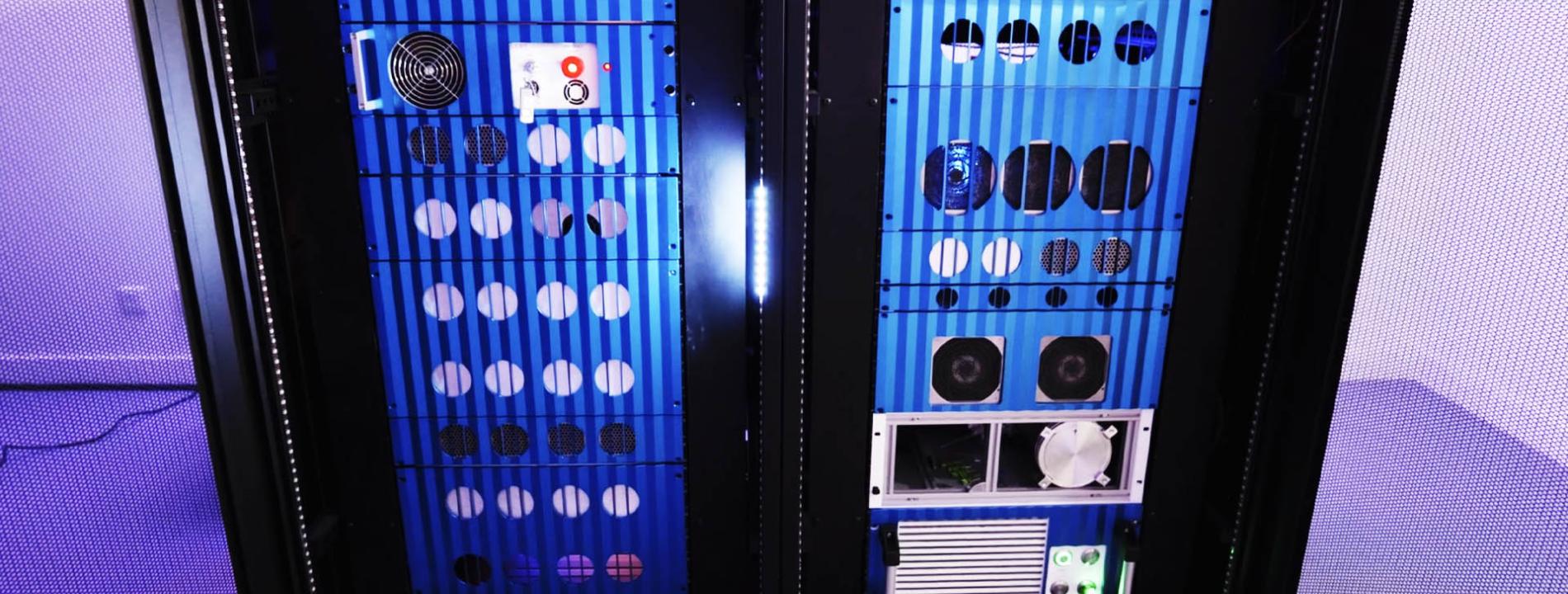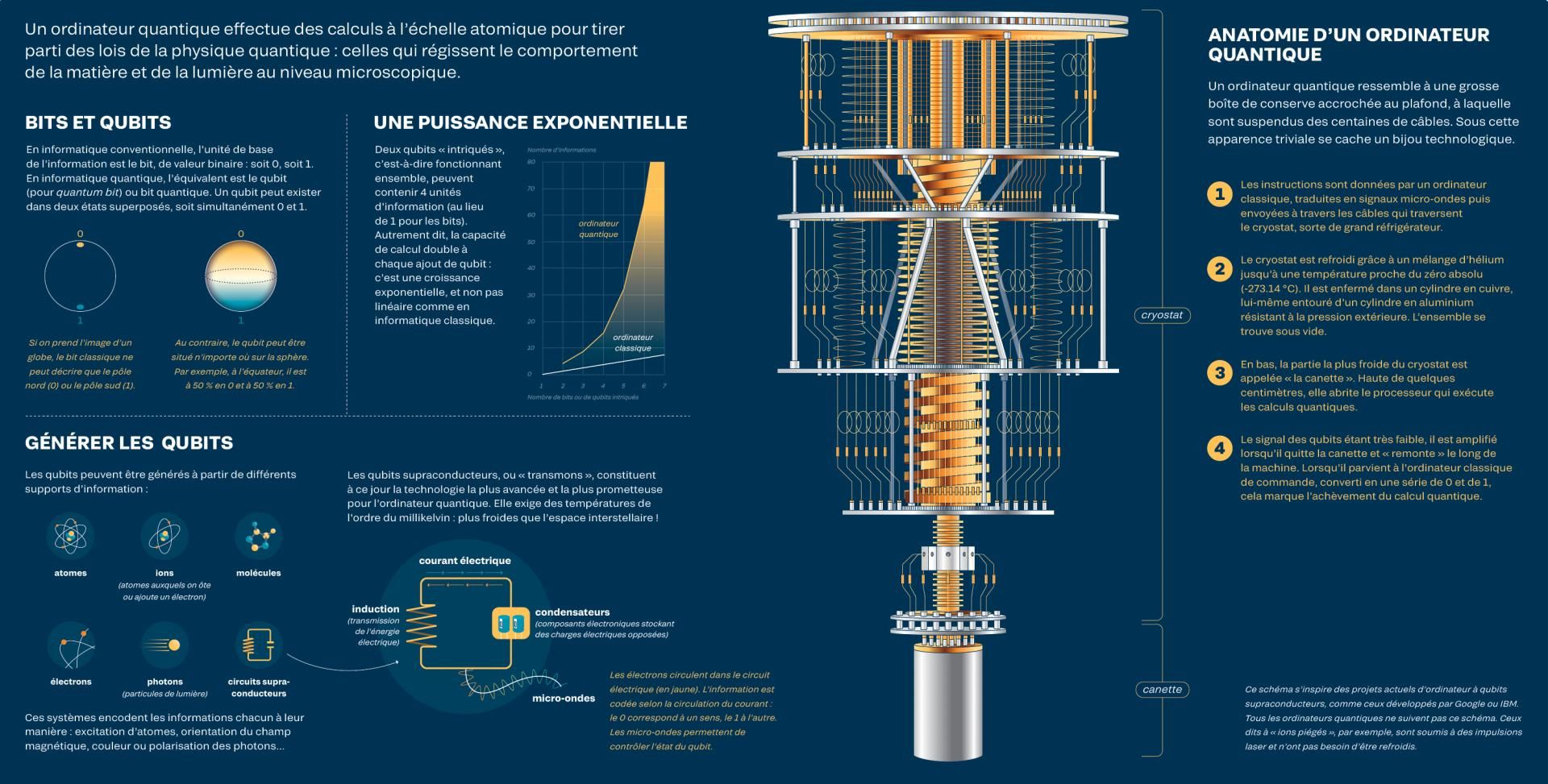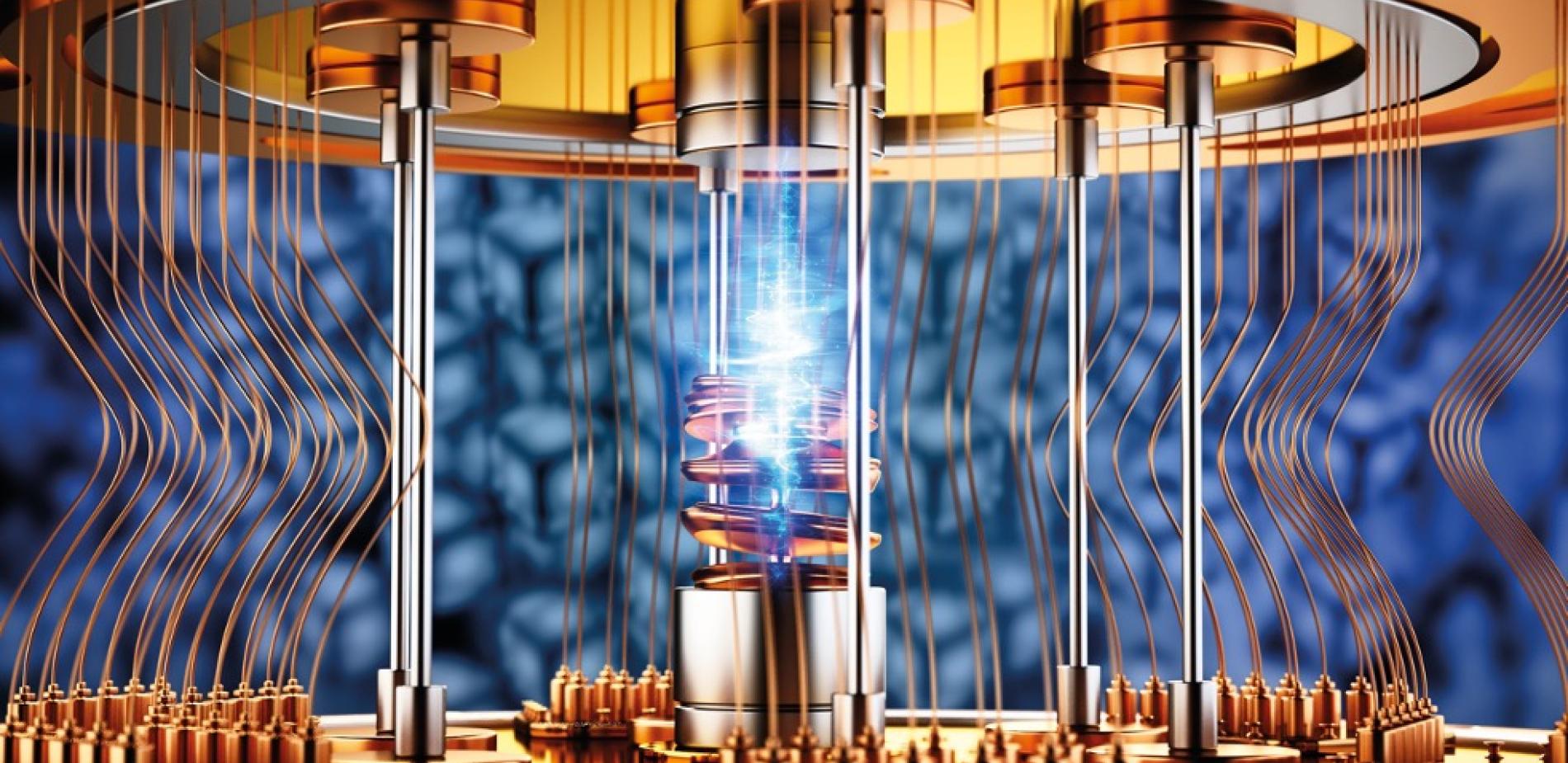
Will quantum computers live up to expectations?
They’re predicted to shake up medicine, finance, cybersecurity and basic research. But beyond the hype, what can we truly expect from quantum computers?
Investigation by Évrard-Ouicem Eljaouhari - Published on
Quantum computing, a recent craze
It’s 2040, and quantum computers are revolutionizing society. They’re ramping up the design of medicines, making it possible to cure diseases that once had no cure. They’re helping to design new industrial chemical processes and materials. They’re controlling buying and selling transactions on the financial markets, anticipating trends with astonishing accuracy. In cybersecurity, they’re consigning traditional cryptographic techniques to obsolescence and turning digital data protection on its head.
Is this scenario pure science fiction, or actually a future within our grasp? As the technology is still in its early stages, only a few dozen such machines are currently in operation worldwide. None of them can yet compete with conventional computers, but countless stakeholders are working hard to rectify that. In recent years, IT giants the likes of IBM, Google and Amazon, start-ups such as the French companies Quandela and Alice & Bob and academic institutions have all been trying to outdo each other in terms of scientific and technological developments. The goal? To attain ‘quantum supremacy’, the point at which a quantum computer can solve a problem much faster than a conventional supercomputer and perform computations that are currently deemed unachievable.
An endeavour that the United Nations has considered significant enough to declare 2025 as the International Year of Quantum Science and Technology. But there is still a long way to go before a functional and reliable quantum computer can be delivered, and it is fraught with technical challenges. Will quantum computers live up to expectations?
In the beginning, there were qubits
In a conventional computer (the one that you use day-to-day) the smallest unit of data is called a bit, and it can have one of two possible values: 0 or 1. The equivalent on a quantum computer is called a qubit, or quantum bit.
Governed by the laws of quantum mechanics, a qubit can exist in a superposition of both values, 0 and 1. Two qubits can also become ‘entangled’, i.e. form a system where the characters of one are directly associated with the other’s... even if they are physically distant from each other. Thanks to this ‘system-based’ functioning, the memory of a quantum computer increases exponentially the more qubits there are - a lot faster than that of a conventional computer - and its computing speed is much higher. But qubits are inherently unstable: in other words, they can easily lose their quantum properties. Developing robust qubits is therefore a priority for researchers and manufacturers today. They are exploring various possibilities with that in mind.
The most widely developed qubits today are superconducting, small electrical circuits that are cooled to very low temperatures. Willow, the quantum chip that Google unveiled in 2024, has 105 qubits, but is not yet able to solve ordinary problems. Other technologies use photons (electrical particles of light), ions (atoms that have lost at least one electron) or so-called neutral atoms (with no electrical charge).
France in the quantum race
Under the quantum plan launched in 2021, France intends to invest €1.8 billion over a five-year period. Since 2024, this strategy has been bolstered by the Proqcima project, initiated by the French government defence procurement and technology agency (DGA). The aim is to have two prototypes of quantum computers in two stages, 2032 then 2035, with five French start-ups contributing: Quandela, Pasqal, Alice&Bob, C12 and Quobly. In terms of investment relative to GDP, however, France lags behind Germany, the Netherlands and the UK. At global level, the United States are leading the way regarding public and private funding of quantum technologies, followed by the European Union and its Member States, then China.
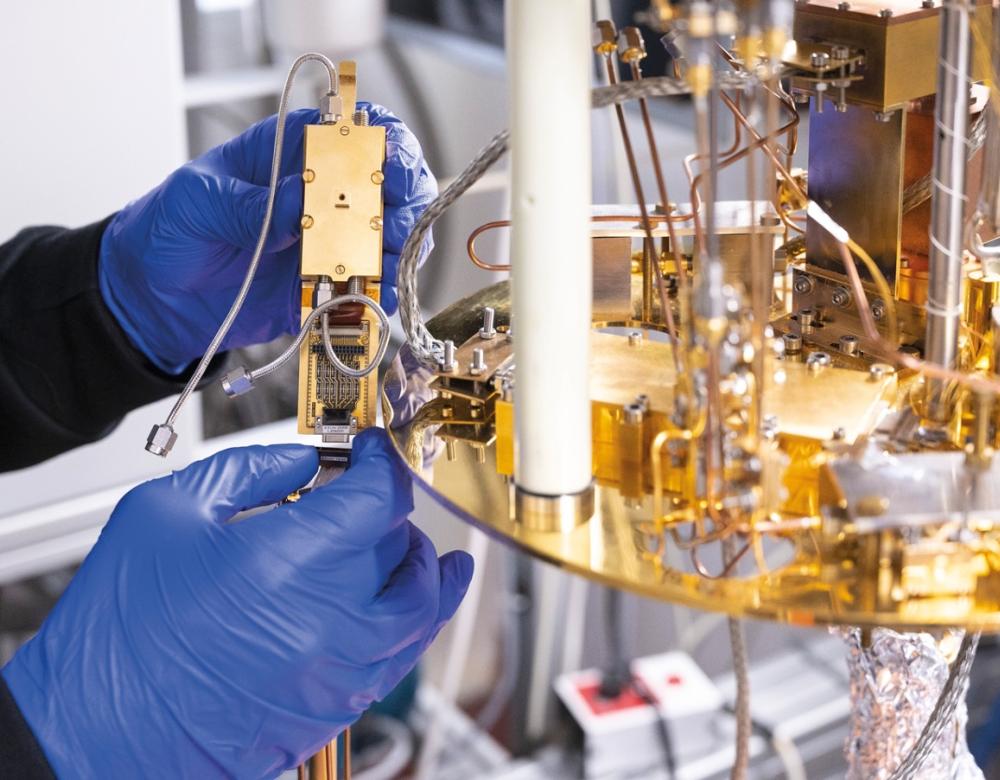
Computations at atomic scale
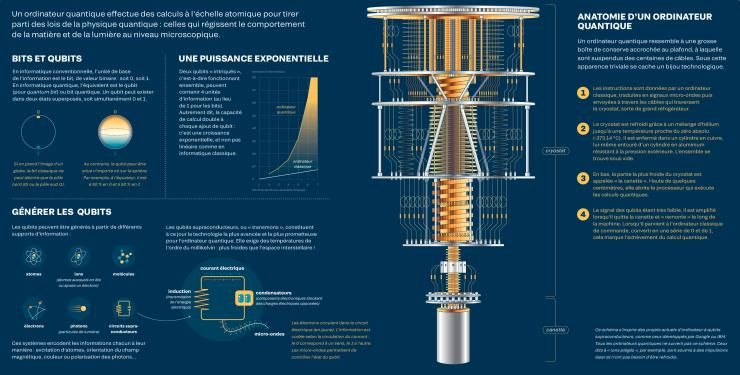
Strategic stakes in terms of sovereignty
Many countries now see quantum technologies as a critical pillar of their sovereignty, in the same way as nuclear weapons. France and Europe are determined to avoid repeating past mistakes that left them dependent on other countries, as seen in digital technology and artificial intelligence, with the near-monopoly of US giants: Google, Apple, Microsoft and Amazon. Especially since quantum computers can pose risks to national security, particularly cybersecurity, by overriding current cryptographic systems.
Cryptography uses algorithms to secure data and communications through encryption, making them illegible or inaccessible to unauthorised programs or individuals. These systems are used everywhere, including for online banking, secure messaging apps and communications between governments and institutions. One of the most widely used cryptographic protocols today, RSA encryption (its name takes the initials of its three inventors), is grounded in large-number factorisation, a mathematical problem that conventional computers simply cannot solve. And yet the Shor’s algorithm on quantum computers could potentially break the RSA cryptographic scheme in just a few hours! A computer with 20 million qubits would be required to do that, however, and that’s still a long way off. But in the future, quantum computers will no doubt be able to easily decipher data that is currently protected by traditional cryptographic systems. A frightening prospect when you think of critical infrastructure like nuclear power plants or missile launch facilities.

Cryptography decades from now
Post-quantum cryptography, also referred to as quantum-proof cryptography, is aimed at withstanding quantum computer attacks and protecting sensitive data. Commercial proposals are already available and ready to be deployed by businesses and governments on their strategic infrastructure. An American research institute (the National Institute of Standards and Technology/NIST) has even standardised the first encryption protocols that are resistant to quantum cyberattacks. That said, the threat is still a long way off: there are no more than a few hundred qubits on the most advanced computers at present, when tens of millions would be needed to try and break encryption algorithms!
It won't be replacing your home computer
You won't be using a quantum computer to type up your documents, browse online or watch videos. For these computers are not remotely designed to perform basic, everyday tasks, nor for the general public, incidentally. What they do excel at, however, is performing very precise tasks: solving mathematical problems, such as large-number factorisation, or simulating quantum systems (physical systems governed by the laws of quantum mechanics, like superconductors). Installed in data centres and in the cloud, they will be used by the research & development sectors or the armed forces.
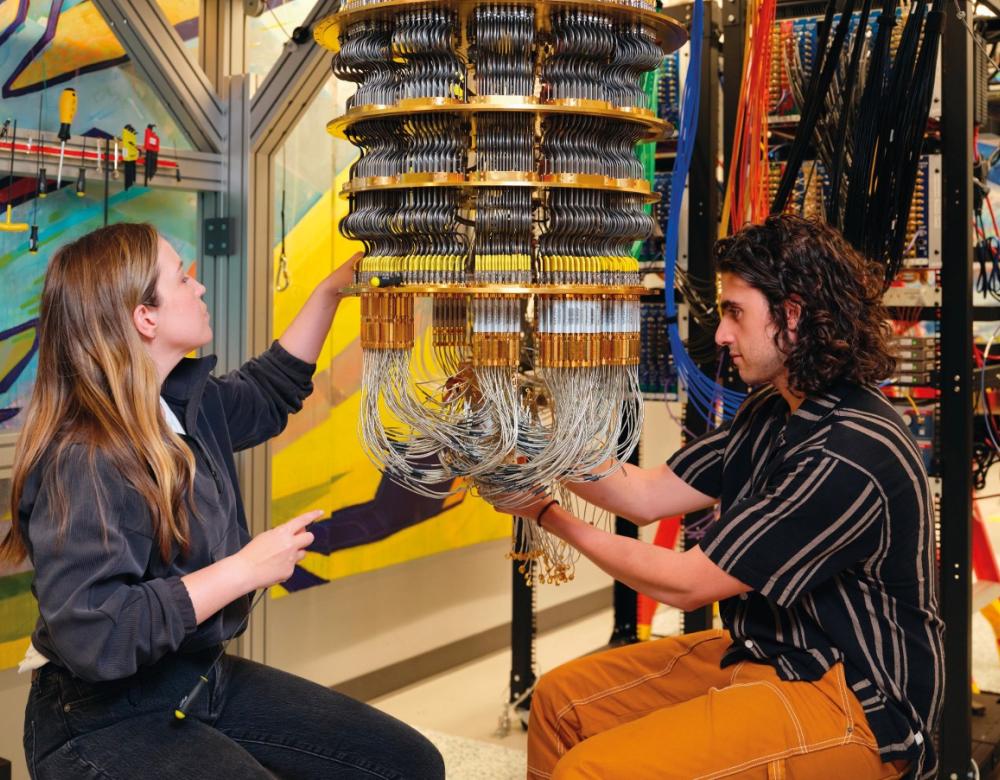
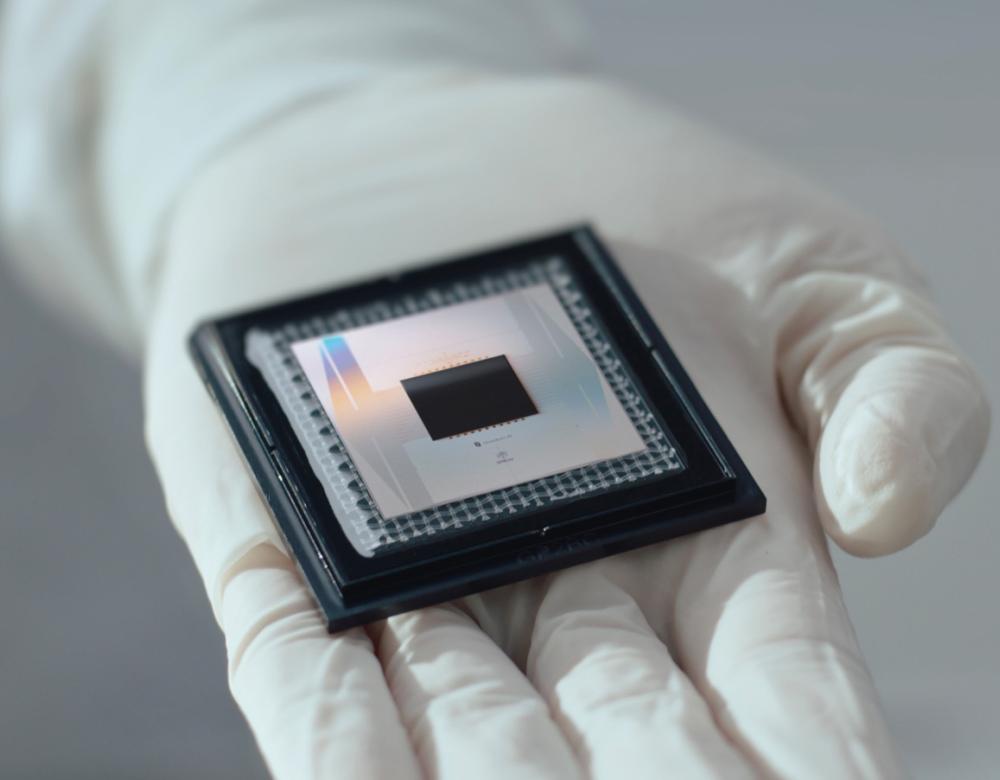
Fewer errors, more qubits!
For current quantum computers to become genuinely operational, they need to be made more reliable since, today, they commit an average of 1 error in every 1, 000 operations. This is because qubits are very sensitive to their environment: the slightest disturbance in terms of heat, light or magnetic field destroys their quantum state. This error rate has got to be 1 in 1 trillion operations for a computer to be functional. The second challenge entails ‘scaling-up’ to reach millions of qubits, the limit for efficient computers: by comparison, Google’s recent quantum chip, Willow, only has 105 qubits...
Benefits for basic research
The efforts invested in the design of quantum computers have driven technological developments. For example, ion-trap systems and superconductor-based schemes (initially designed for qubits) have paved the way to extremely controlled environments, which are currently used in fundamental physics research. These breakthroughs are also benefiting other fields such as metrology and materials physics. Among their tangible applications, we could mention quantum sensors, which offer unrivalled accuracy in the detection of magnetic or gravitational fields or navigation without GPS.


An energy advantage?
What if quantum computers provided an energy rather than a computing advantage? This is still debatable today, as energy consumption varies depending on the technology options adopted. But the fact is that cryogenic cooling systems consume huge amounts of energy, as do the lasers and control equipment used to handle qubits. Scientists are therefore actively studying the matter. The global Quantum Energy Initiative, involving academia and industry, was even launched in 2022 to assess the energy cost of quantum technologies. The aim is to promote a sustainable approach right from the design stage of computers.
Is quantum computing just a bubble?
The quantum computer race is certainly getting pulses racing. But beware of getting too carried away and of unrealistic, unattainable expectations. This is what happened to artificial intelligence research in the 1970s and ‘90s: amid the late-coming realisation of AI’s initial promises, public and private funding dried up in the leading Anglo-Saxon countries and research was temporarily put on the back burner, which delayed developments.
As such, the development of functional quantum computers must still contend with major challenges - of a technological nature in particular. That being said, the recent enthusiasm for this technology is not without reason. First and foremost, the progress achieved in control systems, such as microwave and laser control, as well as in quantum algorithms and error correction have enhanced the reliability of quantum computers. Governments and businesses, supported through interdisciplinary collaborations, are now unlocking massive investments which are picking up the pace of research. At the same time, promising applications are being confirmed in chemistry, materials science or optimisation (i.e. the capacity to do as well or better, with fewer resources).
On a final note, even if quantum computing takes another few decades to reach its full potential, its development is already having direct repercussions, since it is generating knowledge that is useful for other quantum technologies like sensors, as well as for basic research.
